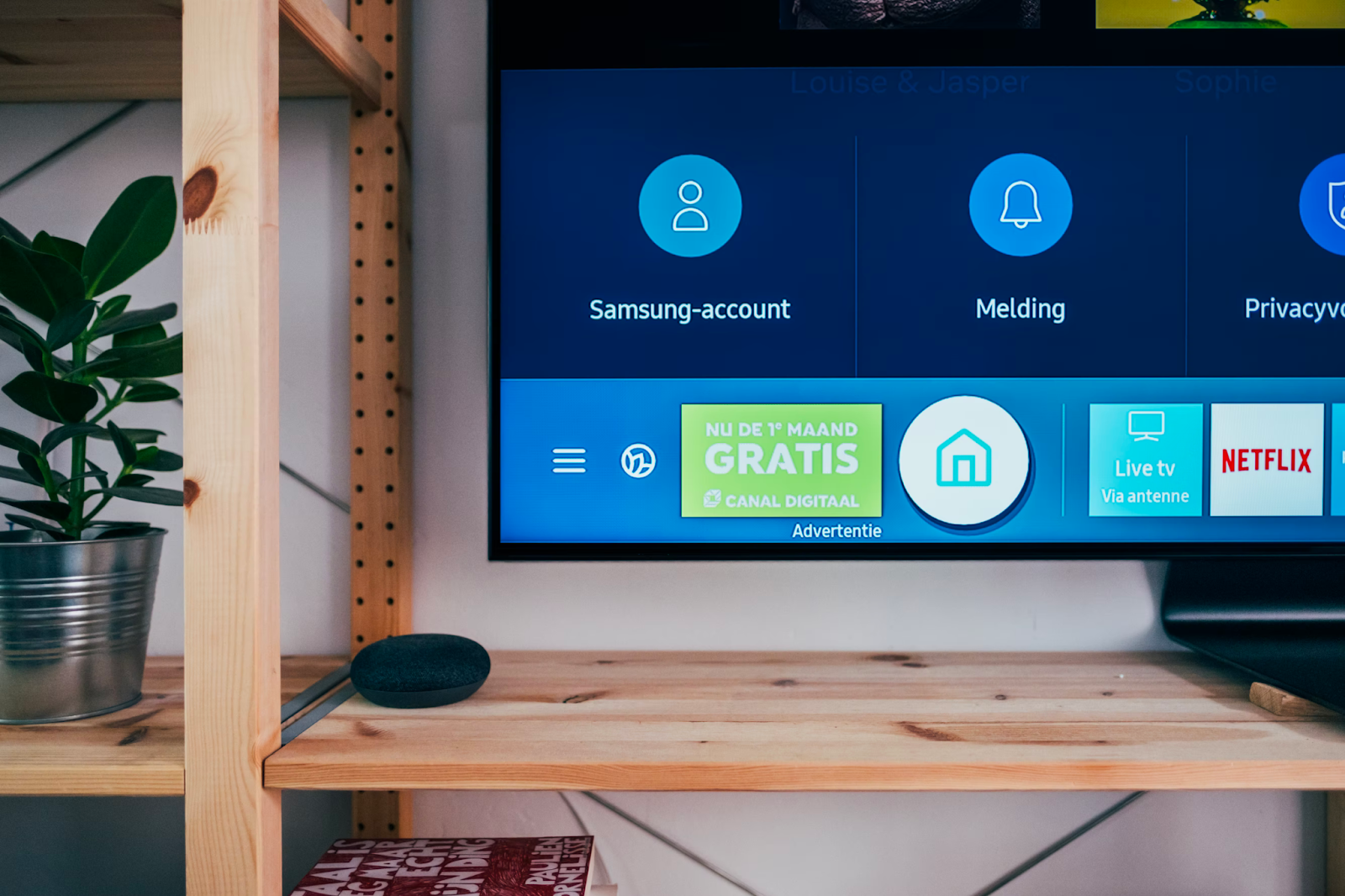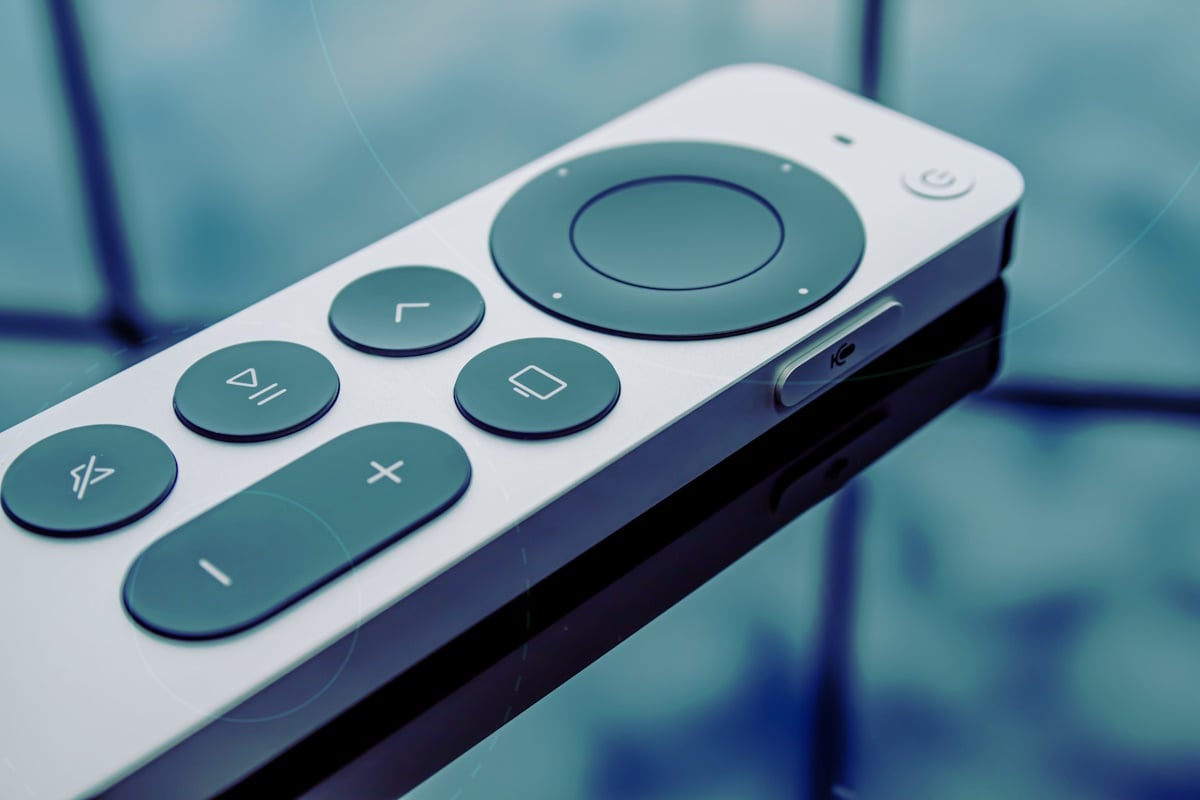The tvScientific story actually began in 1998 with a company that invented the paid search business model.
While paid search is foundational to every digital advertising company today, that model didn’t exist until a startup brought it to life. And though Google has since scaled and perfected it, paid search — and the paid search ad marketplace business model — was actually invented by a Pasadena-based company called GoTo.com.
Idealab – Incubating disruption
When I joined GoTo in 1998, I had no idea that the company’s novel business model would have a profound impact on the global digital economy we all now operate in.
GoTo was an Idealab company. As one of the pioneers of the “incubator” model, Idealab incubated and mentored startups. It was the awe-inspiring, early days of the Internet — the “wild west” — and multiple new companies we were crammed into the Pasadena-based Idealab office, employees trading cash for equity and living on carefully allocated bologna and cheese lunch budgets.
During these early days, I had the great fortune of sitting next to Jeffrey Brewer, GoTo.com’s CEO. Jeffrey was the quintessential, high intensity, caffeine-fueled startup CEO, a perfect fit for the heady days of the original “.com” boom. He was constantly on the phone pitching clients and investors, telling the story of why the company was doing something important. It was a well-practiced talk that he also delivered, with some variety, at our company all-hands meetings.
We weren’t just building a company, we were on a mission to “empower an entire generation of entrepreneurs” — helping them build successful Internet companies by providing an effective, scalable, and ROI-positive way to drive targeted traffic to their websites on a “cost per click” basis.
This simple value proposition would ultimately power an entire digital economy, supporting millions of companies and their employees, generating trillions of dollars in economic activity.
Of course, we knew none of this back then. We were just heads down, excited to be a part of the Internet revolution and building a company that we believed could be an important catalyst for the Internet economy — a belief-driven partly by what we saw happen daily with advertisers from all over the country (and sometimes even right next door).
For example, one of my favorite stories is about the bagel shop around the corner from the GoTo.com offices. The owner got to know us and asked what we did. Within a few months, he’d launched a bagel + kitchen accessory website, and within a few more months he’d sold the bagel store to become a successful online retailer of bagel and kitchen accessories. The GoTo.com team was lucky enough to see this story play out across tens of thousands of advertisers [it should be noted that GoTo.com rebranded to Overture in 2001].
From paid search to programmatic
That ambitious little startup was eventually acquired by Yahoo in 2003, and after the exit, I went on to start OpenX with my fellow GoTo alum Tim Cadogan. Our new mission was to apply the model of the automated advertising marketplace that we developed for search to the burgeoning world of display advertising.
During my 12 year journey at OpenX, we invented and scaled a version of Wall Street “flashtrading” that could be applied to digital advertising — the foundation of what is called “programmatic” advertising today. I often explain this to my non-adtech friends this way: “Every ad you see on your phone, desktop, or other device is the winner of a comprehensive auction that happens within 100 milliseconds in the background. And the winner auction gets to put the ad in front of you.”
Much like the CPC paid search model, this programmatic innovation radically changed the business of digital advertising–today about 90 percent of all digital ads are now bought, sold, and delivered in this way.
From my perspective, it is clear that in the not-so-distant future that the majority of the ads we see on the big screen (aka the living room TV) will be bought and sold through a massively scaled automated marketplace.
Introducing tvScientific
About a year ago, I attended the National Association of Broadcasters (NAB) conference, where I had great conversations with entrepreneurs, executives, and advertisers about the future of TV.
Based on those conversations, and looking at the rapidly-changing TV ad landscape through the lens of my experiences with GoTo and OpenX, it became obvious that the next wave of advertising disruption would inevitably happen in the Connected TV (CTV) space. Driven by mass consumer adoption of CTV-based streaming services, and built on the same tech infrastructure as digital advertising, CTV advertising is finally poised to follow digital.
But in order for the legacy TV ad business to evolve in the model of digital marketplaces, there are a couple of big problems to solve: advertiser access & participation in TV advertising, and measurement.
“Democratizing” access to TV advertising
The marketplace models that fuel paid search, social and programmatic advertising thrive off of mass participation from buyers (advertisers), and yet the $72 billion TV ad industry is dominated by only 300 to 500 national advertisers. This is because TV advertising is notoriously expensive and difficult to set up and run–usually requiring third party agencies. So in order for TV to scale like paid search and social, where those platforms attract 9M advertisers, we need to make TV advertising as easy to set up, execute and optimize as a paid search or social ad campaign.
To scale TV advertising, we must reinvent TV measurement
In order to make TV advertising work for millions of advertisers, we have to deliver digital-like measurement of TV ads. TV has historically been measured by a “reach and frequency” metric, which is compiled using a panel of ~15,000 households that agree to share their family viewing habits. This “panel” approach to measurement has been in effect since the early 1960s, and couldn’t be further from how digital advertising is measured, where marketers can build attribution models based on incredibly granular data sets, allowing them to clearly understand their return on ad spend (ROAS). The good news is that the CTV ecosystem is built on the same Internet-based tech infrastructure as digital, so the potential for building digital-like CTV measurement and attribution reporting is now more feasible than ever before.
With all of these thoughts in mind, leaving that NAB conference I knew three things:
- Consumer adoption of CTV is well past the tipping point, creating what has the potential to be the largest advertising market in the world — surpassing search and social
- CTV advertising is poised to follow digital advertising in terms of the underlying technology that can support digital-like measurability
- There is a huge opportunity to power the next generation of TV advertising, based on providing advertisers of all sizes with a simple buying platform with clear, digital-like measurability of TV ad performance.
After leaving OpenX, I developed these concepts further, assembled a founding team with my co-founder David Koye, and pitched the idea for a company now called tvScientific to Idealab’s founder Bill Gross. Bill immediately saw tvScientific as a logical extension of what he started as the founder of the paid search model (GoTo.com) in 1998 — an opportunity to bring easy access and digital measurability to TV advertising, making TV advertising work for millions of businesses, enabling massive economic prosperity in the process. Without hesitation, he became an investor and partner.
We’re proud to have a talented team on board with incredible investors backing us, and we’re thrilled about enabling businesses of all sizes to become successful with TV advertising as a new performance/growth marketing channel.








